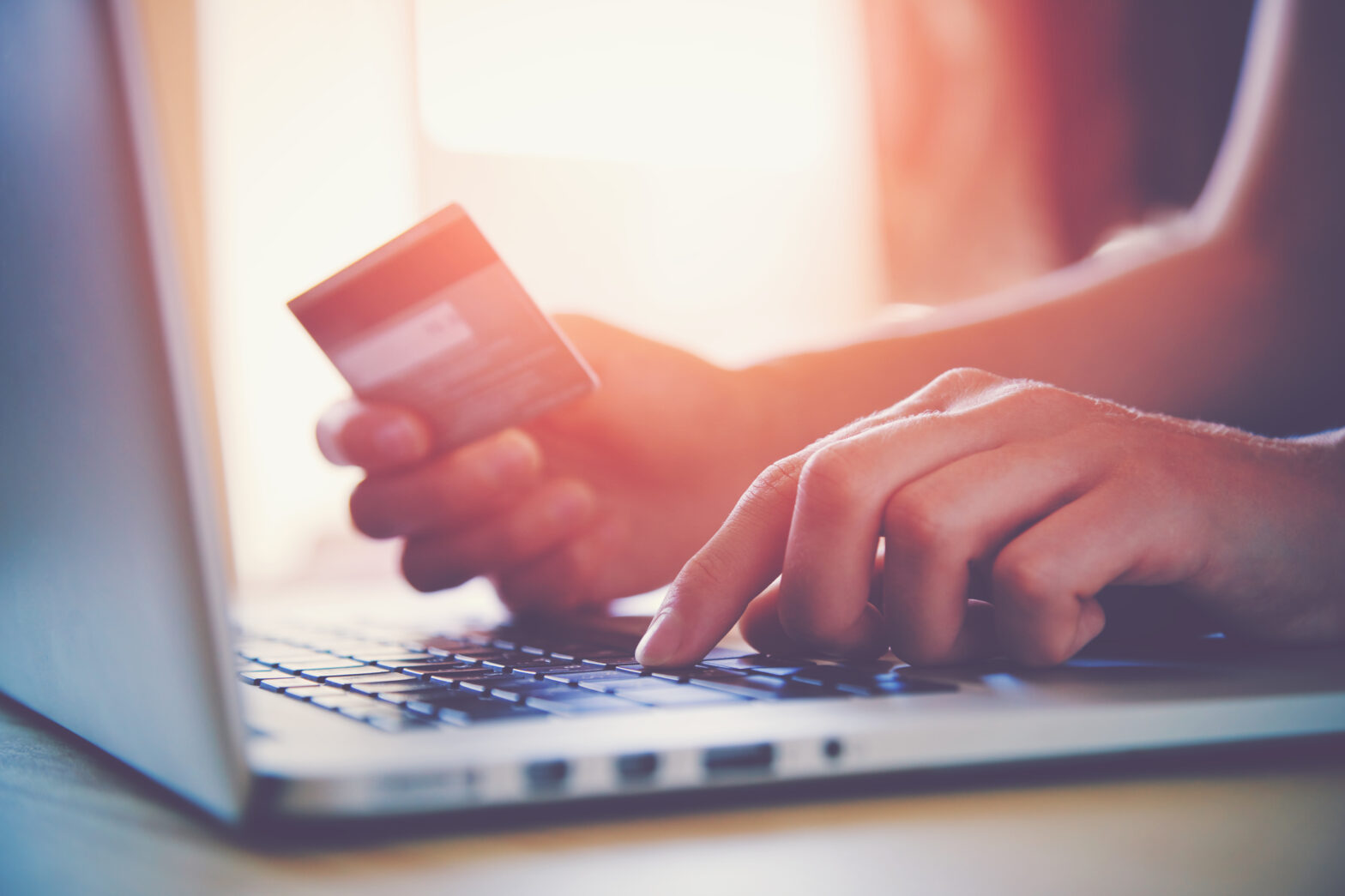The number of online searches by shoppers may have grown 52% compared with just one year ago, but shopping ‘offline’ is still winning the day comfortably. Online shopping had online a 14.2% share in the market in July 2016, up from 12.6% a year before.
The internet, however, is bringing hugely disruptive change in shopping behaviour. MBNA researched the ways that online shopping is influencing retail and has identified six ways retailers must adapt.
1. Multi-channel retailing rules
90% of all UK retail sales ‘touched’ a physical sale store last year through click-and-collect services or online purchases resulting from browsing in-store.
By offering these multi-channel retail services, stores are now learning to read the market and adapt to new retail behaviours. This type of buying is boosting physical sales in UK stores by 5%.
Smart retailers are recognising the power of online shopping, but instead of competing with it, they’re using it to improve offerings to customers.
2. It’s about experiences over transactions
When you can purchase just about anything with a single click, shopping purely for the sake of shopping doesn’t cut it any more.
Making where shoppers visit more enjoyable, convenient and memorable – rather than just a place to buy something – is essential for retailers not wanting to be left behind. They’re doing this with the help of digital.
>See also: Retail: the next big industry impacted by AI
One of the most successful ways retailers are doing this is through augmented reality mirror displays. These mirrors are activated through radio frequency identification (RFID) technology on product tags and can display product information in text, image or video form, provide encouragement to order, and even show changing room occupants what they would look like wearing certain clothes.
Digital technology is being used by some stores to help with shoppers’ comfort levels by installing touchscreens to control what products should be brought to them by shop assistants.
3. The rise of web showrooms
Online retailers have opened ‘virtual showrooms’ where customers can sample products.
These showrooms – or ‘web rooms’ as they’re sometimes called – give shoppers a try-before-they-buy online experience. It means they can emulate physical stores in giving customers a feel for their products.
4. Providing browse-ability
In a poll carried out by Kibo Commerce, more than two thirds of UK respondents said they would research items online before purchasing them in physical stores.
To help physical customers browse, some stores have brought online directories into stores so shoppers have access to their entire range. Marks & Spencer has rolled out ‘browse and order’ hubs in its stores, allowing customers to learn about and order items ready for collection or delivery.
5. Delivering the goods
Online retail sometimes leans on the traditional store to solve some of its own problems.
Convenient and quick delivery from online purchases is an ever-increasing demand among shoppers. Just last year Amazon began offering unlimited same-day delivery for its Prime service members in Greater London, and Argos also launched its UK-wide same-day delivery service.
But quick delivery depends on where customers live and whether they’re available to pick up a package in person. Click-and-collect services reduce the distance travelled and delivery times, sometimes making a product available in store within a few hours.
This has additional benefit for retailers too. A Kantar Retail report last year reported that between 60-75% of shoppers who click and collect end up buying extra products while they’re in store.
6. Sharing the shopper
Rather than battling for the shopper’s attention, physical and digital retailers have realised cooperation is key. When it comes to securing sales, both online and traditional stores can prompt customers to visit each other. Online search advertising has shown to increase physical store sales by an average of 1.46%.
>See also: A glimpse into the future of retail
In the saturated online retail market, brands can find it difficult to establish themselves and attract customers amid all the clamouring for attention. Opening physical stores, like Amazon did, can get a brand noticed much faster, and even drive traffic to the website.
Bricks and clicks
As it is clear both physical retailers and online retailers need each other, the days of wondering who’ll come out on top are gone.
Today’s customers want a blend of physical and online shopping. They continue to want physical stores because they appeal to the senses and the emotions. But they also want all the advantages online shopping delivers.
In this way, physical and digital shopping complement each other, and both are now required if either is to stay relevant to today’s shopper.







